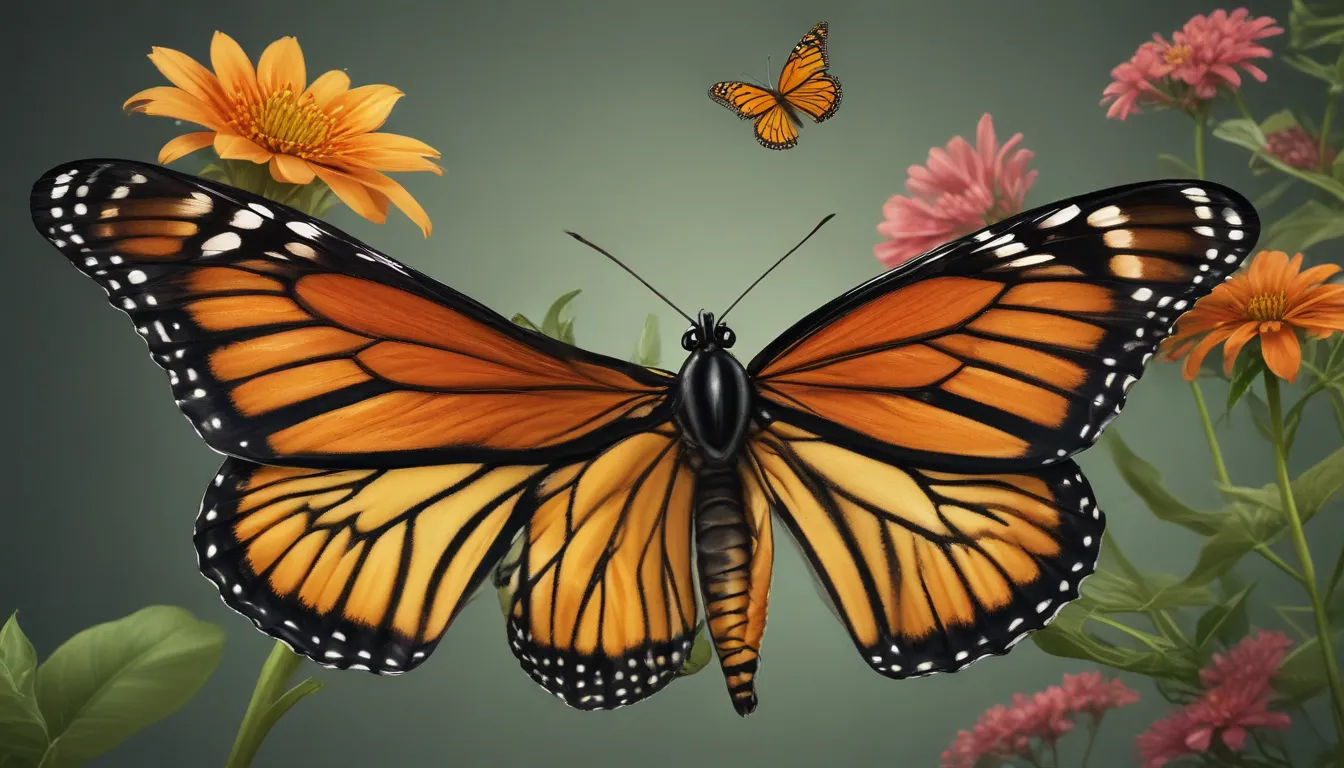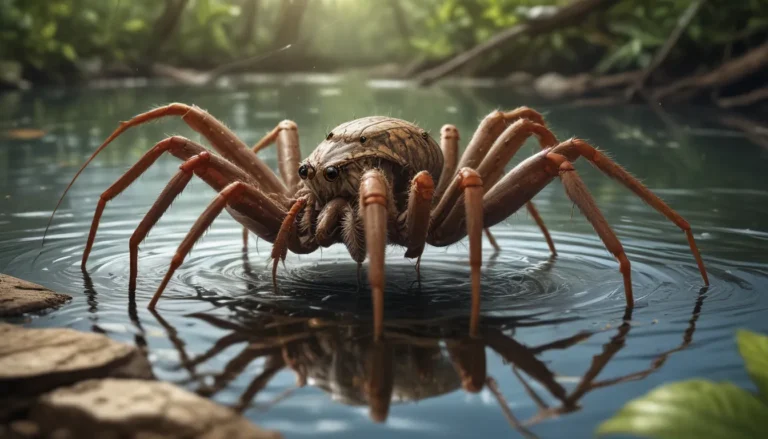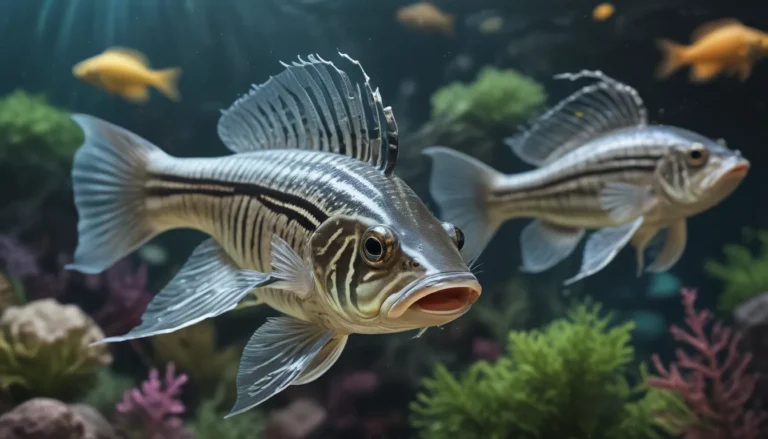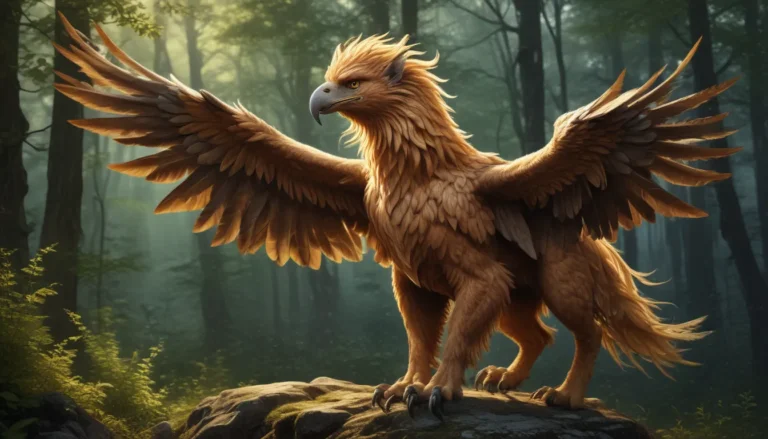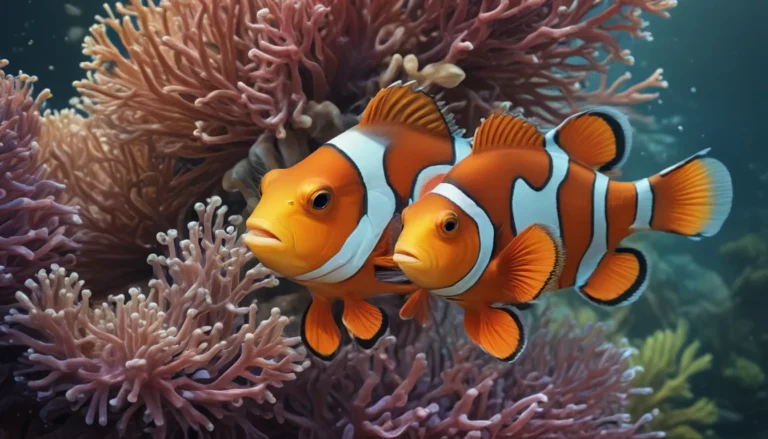The pictures we use in our articles might not show exactly what the words say. We choose these pictures to make you interested in reading more. The pictures work together with the words but don’t take their place. The words still tell you the important facts.
Have you ever marveled at the beauty of a monarch butterfly fluttering by? These iconic creatures are not just a sight to behold but also fascinating creatures with a story to tell. Dive into the enchanting world of monarch butterflies with a comprehensive guide that unveils 50 intriguing facts about these majestic insects.
Understanding Monarch Butterfly Life Cycle
The journey of a monarch butterfly begins when a female carefully lays her eggs on the leaves of milkweed plants, attaching each one with a dab of glue. Over a span of 2-5 weeks, she can lay between 300-500 eggs. Once hatched, the eggs give rise to larvae, known as caterpillars, whose primary job is to eat and grow, ultimately transforming into fully-formed adult butterflies. The metamorphosis process includes distinct phases such as pupation, where the caterpillar encases itself in a chrysalis, a golden-spotted shell signaling its transition to adulthood.
Monarch Butterfly Metamorphosis
- Monarch caterpillars exhibit distinctive features with vertical stripes of black, white, and yellow-green.
- The chrysalis stage in a monarch's life determines its gender, with females showing a small line on their abdominal segment.
- Caterpillars feast voraciously for about two weeks before entering the pupa stage and emerging as beautiful butterflies.
Unique Traits and Characteristics of Monarch Butterflies
Monarch butterflies possess a range of intriguing traits that set them apart from other species. Their ability to navigate their surroundings using sensory organs on their feet and heads makes them adept at identifying different plants. Despite not being able to bite, monarchs have a long, coiled tongue called a proboscis that serves as a tool for feeding on nectar. Moreover, the vibrant color patterns on their wings act as a warning to predators of their unpalatable taste, a defense mechanism known as aposematism.
Adapting to Climate Change
One of the significant challenges facing monarch butterflies is climate change, which impacts their breeding behavior, migratory patterns, and overall survival. Sensitivity to temperature fluctuations and extreme weather events pose a threat to their existence, underscoring the importance of conservation efforts to preserve their habitats.
Monarch Butterfly Symbolism and Cultural Significance
Beyond their biological nuances, monarch butterflies hold symbolic meanings in various cultures and traditions. In Mexico, the annual migration of millions of monarchs coincides with the Day of the Dead celebration, where they are believed to embody the spirits of departed loved ones. Symbolizing themes of transformation, rebirth, and resilience, monarch butterflies serve as poignant reminders of personal and internal change.
Conservation Efforts and Challenges
Efforts to protect monarch butterfly populations have become crucial in the face of dwindling numbers and habitat loss. The Monarch Butterfly Biosphere Reserve, a UNESCO World Heritage site, plays a pivotal role in safeguarding the overwintering forests of monarchs. However, threats such as illegal logging, degradation of habitats, and the decrease in milkweed plants pose significant challenges to their survival.
Geographic Distribution and Migration Patterns
Monarch butterflies are primarily found in North, Central, and South America, with distinct variations in traits and behaviors between different regions. Eastern monarchs undertake long-distance migratory journeys from the Great Plains to Central Mexico, while western monarchs breed in the western United States and overwinter in California. Nonmigratory monarchs in regions such as southern Costa Rica and Hawaii exhibit unique characteristics adapted to their environments.
The Intriguing Monarch-Viceroy Relationship
A fascinating aspect of monarch butterflies is their mimicry relationship with the viceroy butterfly, known as Müllerian mimicry. Both species share similar coloration and unpalatability to predators, serving as a defense mechanism against predation. This evolutionary adaptation showcases nature's intricate web of survival strategies and interdependence among species.
Conclusion: Embracing the Majesty of Monarch Butterflies
As we unravel the enchanting world of monarch butterflies, we come to appreciate not just their beauty but also their resilience and significance in the ecosystem. From their remarkable life cycle to their cultural symbolism, these majestic creatures continue to captivate and inspire us. By understanding and safeguarding their habitats, we can ensure the continued existence of these iconic butterflies for generations to come. Let us cherish the wonder of monarch butterflies and strive to preserve their legacy in the tapestry of nature's intricate beauty.
